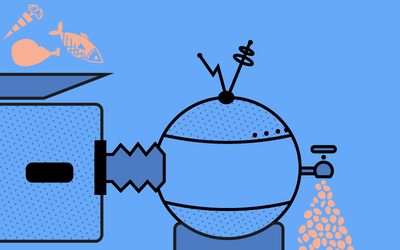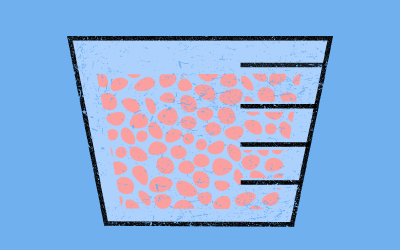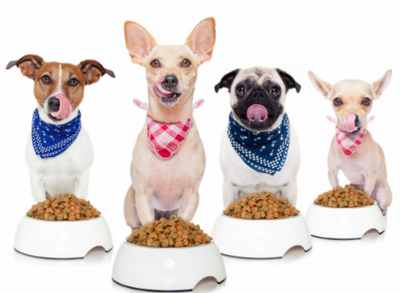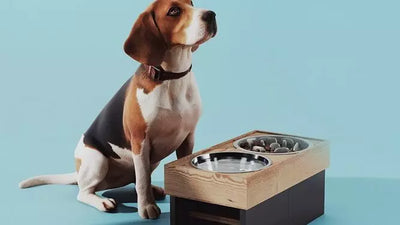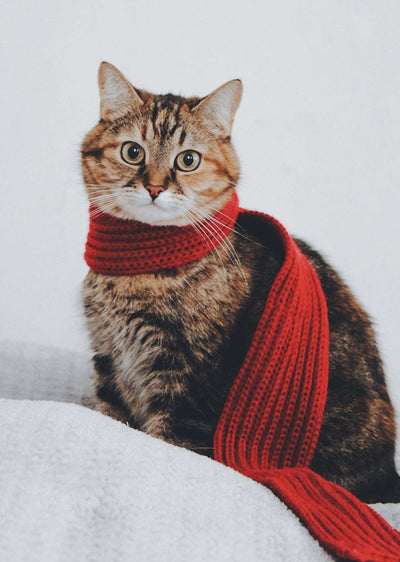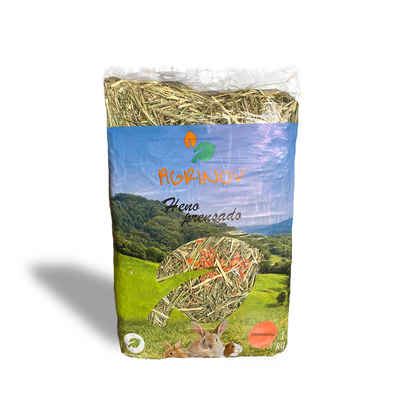What do your cutting board, your toothbrush, and your pet's water or food bowl have in common?
The answer is: the bacterial biofilm.
Biofilm is a microbial community formed mainly by bacteria, fungi and algae. Biofilm develops in humid places and can pose a danger to both us humans and our pets, since the bacteria that form it are responsible for multiple diseases.

What is biofilm?
The bacterial biofilm is an ecosystem of microorganisms embedded in a matrix of polysaccharides. Microorganisms are mainly bacteria, fungi and algae. The matrix is composed mainly of water (97%), polysaccharides, DNA, proteins and other products of bacterial lysis. Its structure is quite complex, it includes the flow channels for oxygen and nutrients.
This matrix of microorganisms grows attached to a surface such as the dog's water bowl, water vase, shower curtain, etc. Once developed, it can also spread to dry surfaces and the bacteria can remain on them for long periods of time. Biofilm can appear in various colors; red, pink, green, yellow, purple, orange, brown, black or transparent. It also has an unpleasant odor and is repellent to pets. Although sometimes you cannot perceive it, remember that your dog has a sense of smell that is 15 times more sensitive.
Biofilm can pose a major health risk to humans and pets. Among the bacteria that form the biofilm we can find:
- Serratia marcescens
- E.coli
- Candida albicans
- Chlamydia pneumoniae
- Borrelia burgdorferi
- Clostridium difficile
- Clostridium perfringens
- Helicobacter pylori
- Klebsiella pneumoniae
- Legionella pneumophila
- Listeria monocytogenes
- Pseudomonas aeruginosa
- Salmonella typhimurium
- Staphylococcus aureus
- Staphylococcus epidermidis
- Vibrio cholerae
These bacteria are the cause of various diseases, both among humans and pets.

What danger does it pose to humans?
In humans, the bacteria that form the biofilm can cause several diseases when acquired or inhaled: dental caries, periodontitis, otitis media, infections of the musculoskeletal system, necrotizing fasciitis, osteomyelitis, bacterial prostatitis, native valve endocarditis, pneumonia. cystic fibrosis, melioidosis, nosocomial infections...
The National Institutes of Health estimates that 60% of all human infections and 80% of refractory infections (that do not respond to treatment) are the result of exposure to biofilm. It is important to clarify that biofilms are very resistant to antibiotics.

Biofilm: a risk for your pet
The bacterial biofilm present on your pet's food bowl, water bowl, and toys can contain algae, bacteria, and fungi that come from all the places your pet licks or eats. This information not only refers to dogs and cats, but is also valid for birds, rodents, rabbits, turtles and any other animal that has its feeder.

One of the most common consequences of exposure to biofilm among pets is the accumulation of periodontitis, suffered by 80% of dogs over 5 years of age. Periodontitis in dogs causes the accumulation of dental plaque and bad breath. The best way to protect your dog or cat from periodontitis is good hygiene: both of the accessories and of the teeth themselves. Here you can find some tips to maintain proper dental hygiene in your pet .
How to protect your pet from biofilm?
To protect your dog from this community of microorganisms, just perform a few simple tasks:
1. Wash your pet's bowls at least once a day. You can use a separate sponge to avoid contaminating your dishes with your pet's biofilm. If possible, do it in a different sink than your kitchen or bathroom. To wash them, use soap and hot water.

2. Use materials that are easier to keep clean. Glass, ceramic, stainless steel... These surfaces are not very porous and easy to clean. On the contrary, plastic bowls have a surface that cracks easily, absorb odors, drool and parts of your food. If you use a steel bowl, try to use a sponge that does not crack it, this way you will prevent it from losing its hygienic qualities.
3. Don't forget the toys! Yes, toys are just as contaminated as containers. Hard toys can be washed with soap and water, as can food bowls. Stuffed toys should be washed in the washing machine at the highest temperature possible.
By spending just a few minutes a day keeping your dog's accessories clean, you can prevent several diseases and provide your pet with a safer life.
That's all for today =D If you have any questions or would like us to answer your questions in future posts, contact us. We will be happy to help you!




